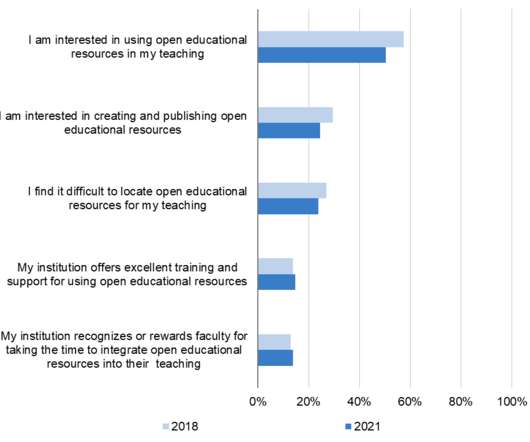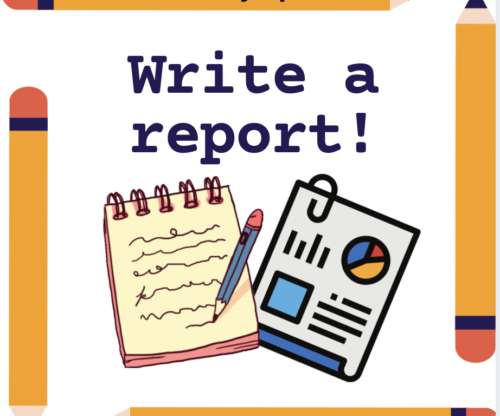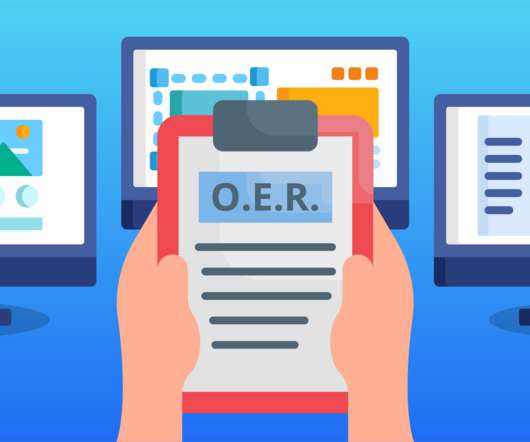The Fans, Fanboys, and Fanatics of OER
Doug Levin
MAY 12, 2015
and I am merely a fan – not a fanboy – of open educational resources (OER).** Others surely see me as some sort of OER fanatic. So, if these are the actions of someone who is an OER fan, what stops me short of claiming fanboy status? I work in K-12 education in the U.S., I beg to disagree. Image credits.














































Let's personalize your content